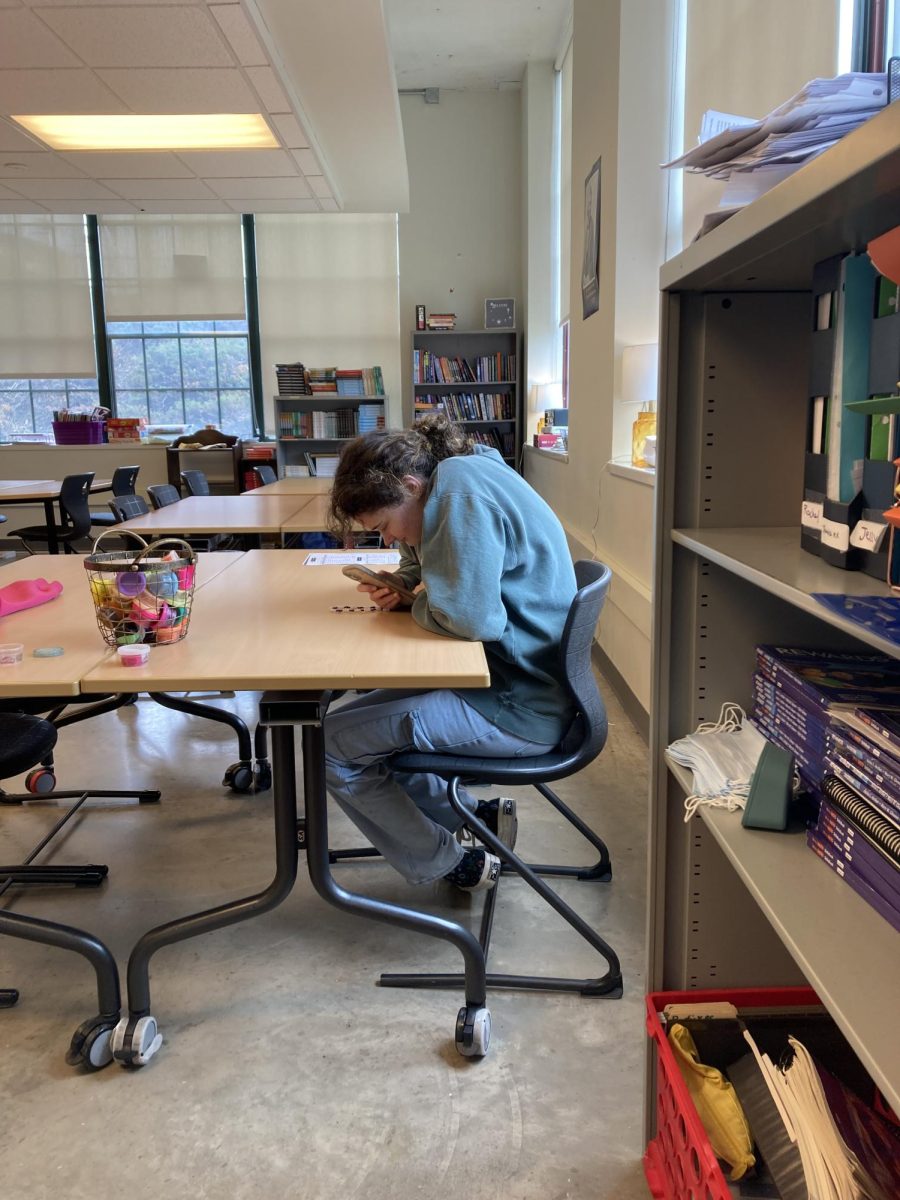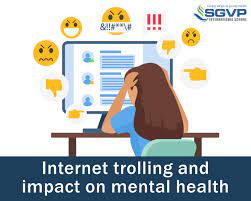
I’ve spent hours restrained to a bed, strapped into a chair, and held down by multiple male security guards three times my size. I’ve screamed and cried for someone to listen to me instead of restraining me, and I’m definitely not the only one.
Restraints are used by psychiatric facility staff for many different reasons; however, I don’t believe every single restraint performed in these facilities is necessary, and there is absolutely no reason for a restraint to be fatal. You might be thinking that restraints protect the child from hurting themselves and are always necessary when used in psychiatric facilities but that’s simply not the case. Children are dying from being unnecessarily restrained in psychiatric facilities such as Randy Steele who died after being restrained when he refused to take a bath.(Eastgate, P. 4) He didn’t need to be restrained in the first place as he was not a danger to himself or others so he certainly didn’t need to die. After his death it was revealed that he was restrained 25 times in the past 28 days before his death. He was only 9 years old and a threat to nobody, his death was tragic, preventable and never should have happened. According to the researchers at Cornell, “Through news reports and other public record, researchers confirmed 79 fatalities over 26 years of boys and girls up to age 18-many with histories of trauma-who were living in public and private facilities in the child welfare, mental health, developmental disability and juvenile justice systems”
Restraints are not only physically dangerous, they cause further psychological damage and even suicidal thoughts. There should be rules and regulations around restraining children in schools, residential facilities and hospitals because most of the time restraints are unnecessary, overused and cause further psychological and physical damage to children already in a vulnerable state. Using restraints on children can cause emotional and physical trauma, interfere with their therapeutic process and inhibit the child’s ability to trust the healthcare provider.



































